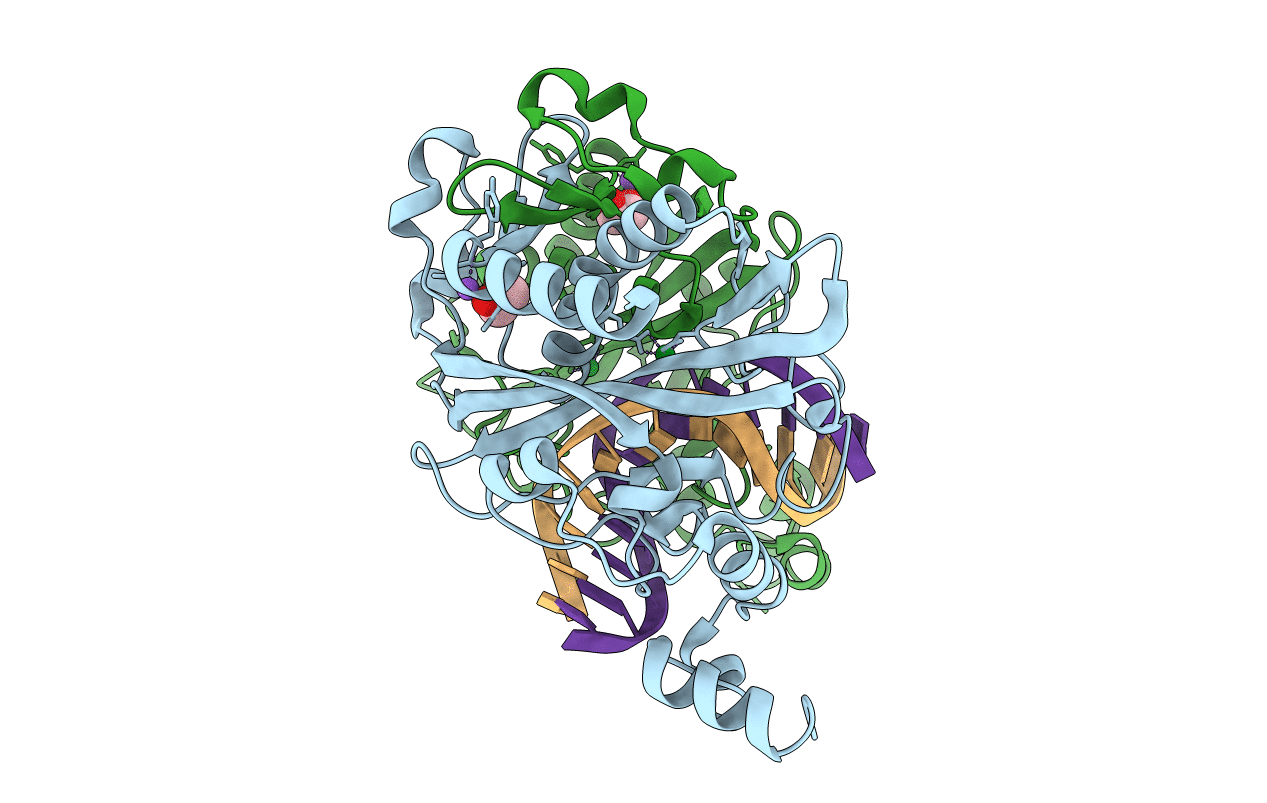
Deposition Date
2015-12-09
Release Date
2016-11-09
Last Version Date
2023-09-27
Entry Detail
PDB ID:
5F8A
Keywords:
Title:
Crystal structure of the ternary EcoRV-DNA-Lu complex with uncleaved DNA substrate. Lanthanide binding to EcoRV-DNA complex inhibits cleavage.
Biological Source:
Source Organism:
Escherichia coli (Taxon ID: 562)
synthetic construct (Taxon ID: 32630)
synthetic construct (Taxon ID: 32630)
Host Organism:
Method Details:
Experimental Method:
Resolution:
1.76 Å
R-Value Free:
0.19
R-Value Work:
0.16
R-Value Observed:
0.16
Space Group:
P 1


